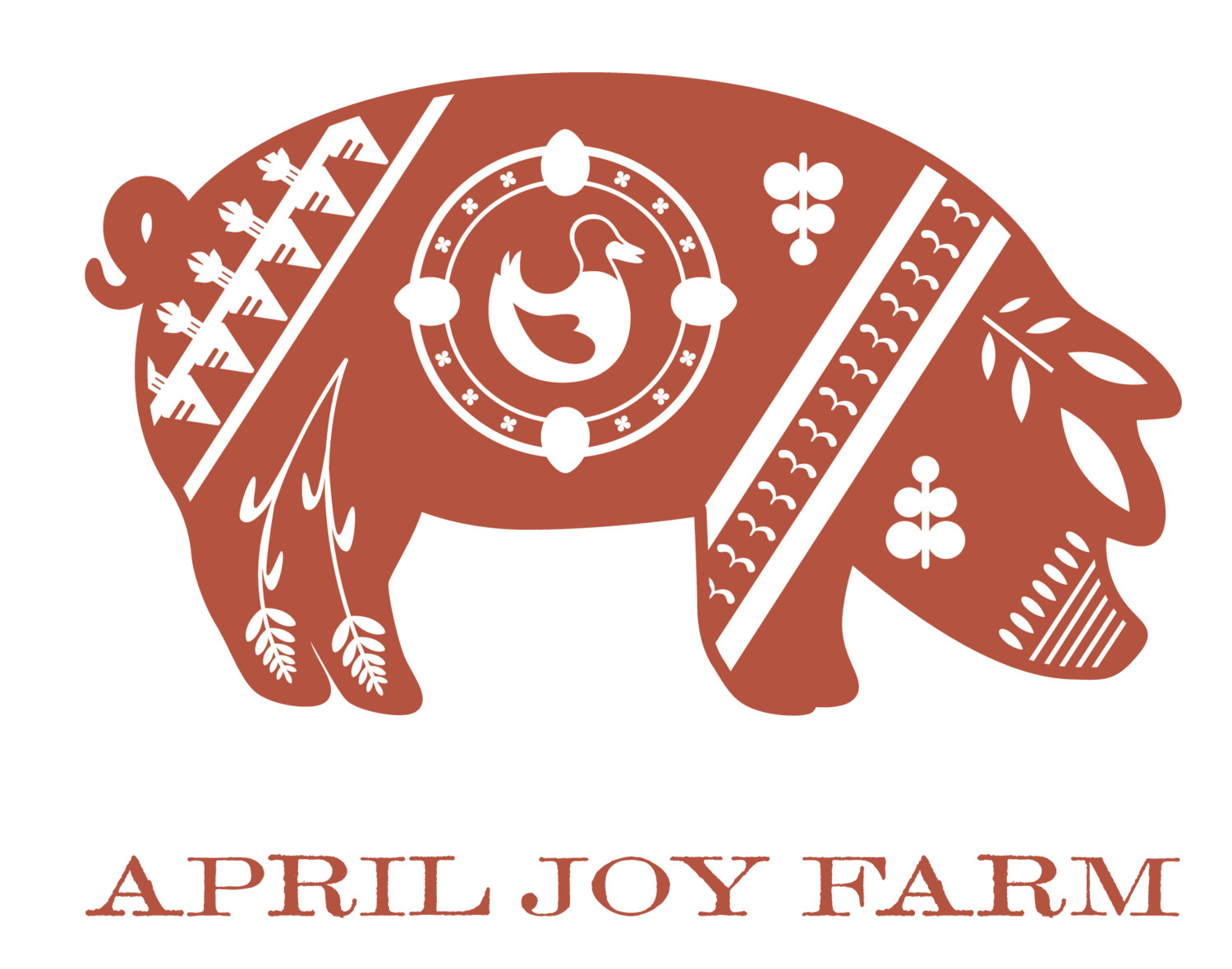Cover Cropping | Part 1
Part 1 | Part 2
In response to my last essay about cover cropping, I received a note that said, “This is going to sound strange, but do you till in your cover crop? If not, how do you get all that green manure into the soil? If you do till, isn’t that bad for the soil community? Help my tiny brain please. ❤️”
Ha! My friend, your brain isn’t tiny. Some version of this question always comes up whenever I talk about cover crops.
Figuring out how to transition from lush cover crops to seed-bed ready soil conditions is what trips up most aspiring cover croppers. We’re working with complex living systems — and living systems are always dynamic, which can be both awe inspiring and challenging.
First, let’s be clear. No matter how you do it, growing annual crops is inherently a form of soil disturbance. The short answer (spoiler alert) is that we use a flail mower and disc to incorporate some of our cover crops. But this is only one of a various combination of techniques and tools we utilized, always with an eye toward minimizing the harm done. There is a whole suite of options for those working on a garden scale that don’t involve major disturbance to the soil profile.
But I’m getting ahead of myself. Like most of what we do out here at the farm, there is not a simple, one size fits all approach to cover crop management. But there are three foundational elements we take into account when developing our strategy: type, timing, and technique. And the biggest successes come when we get out of a reductionistic mindset (the use of tool X is “bad”, practice Y is “good”) and find a way to make all three elements work together. That’s the dance called systems thinking and it’s the dance that’s at the heart of stewardship farming.
In that spirit, over the coming weeks, I’ll share what I know about the types, timing, and techniques of successful cover cropping. If other gardeners have specific questions on this topic, please send them my way and I’ll be sure to incorporate answers into my essays.
You know, the very act of writing helps push my thinking too… so this will be a chance for us to stretch our brains together. ;-) ~AJ
Cover Crop Kale | Often, we don’t mow or turn under our market crops after we’ve finished harvesting because, like cover crops, these plants continue to provide benefits for our system. Case in point- this tree frog has it made in the shade. Photo credit: Lauren Ruhe
“A system is never the sum of its parts, it’s the product of their interaction.”

